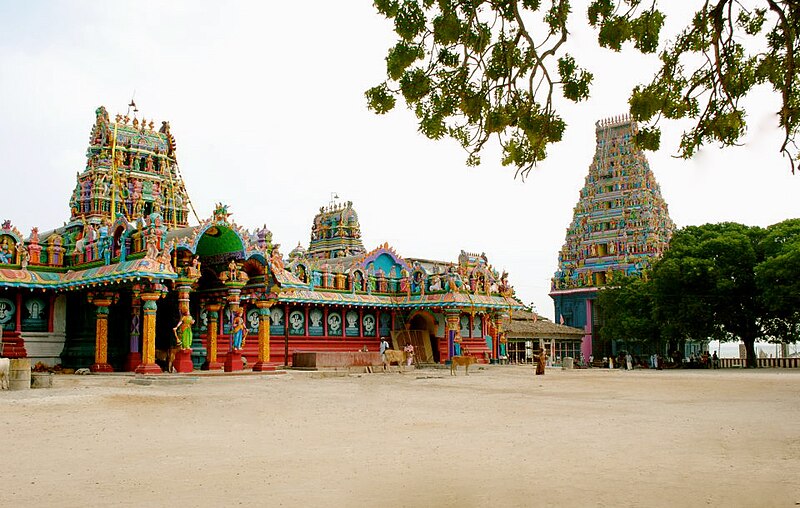Singhpur stepwell inscription of VS 1535/1479 CE
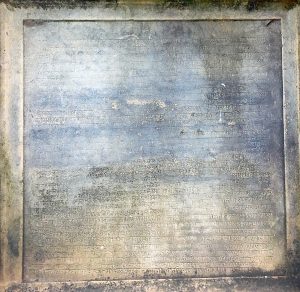
Singhpur (Ashoknagar). Stepwell inscription dated VS 1535 (© Saarthak Singh)
Singhpur (Ashoknagar). Inscription in the Rājmatī stepwell recording the construction of the stepwell by Rājamatī, the daughter of Bhairavadāsa who was the son of Uvāra, the son of Chajjala of Sirohanagara. Gives the details of the gifts and donations made to Rājamatī by several rulers, namely Sher Khān of Chanderi, Ghiyās al-Dīn of Māḍai (i.e. Ghiyāth al-Dīn of Māndū, reg. 1469-1500), Husayn Shāh (reg. 1458-79) of Jauṇapura (i.e. Jaunpur), Barbak Shāh (reg. 1459–74) of Pandua, Sultān (name not given) of Ḍhili (i.e. Delhi), Tughluq Shāh of Thatta [presumably a reference to Jam Tughluq (d. 1442) of the Samma dynasty], Qutb al-Din of Gujarāt [presumably Qutb al-Dīn being applied anachronistically to Maḥmūd Begada, reg. 1458-1511], the Bahmani Sultān (name not given) of Vidara (i.e. Bidar). Also mentions Rājamatī’s son named Rāmacandra who was a mahākavi and a favourite (?) of Ghiyās al-Dīn and Nāsir al-Dīn. The pradhāna was Devidāsa and the masons were Vu(Bu)rahāmatasuṣu(khu), Mūla and others. The writer was Guṇasudara.
Ujjain stone inscription (part a)
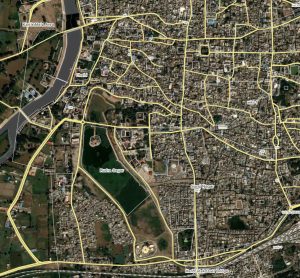
Ujjain (District Ujjain, Madhya Pradesh). Satellite view (Wikimapia).
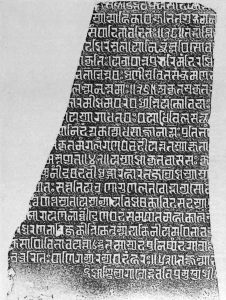
Ujjain (District Ujjain, Madhya Pradesh). Fragment of an inscription (Archaeological Museum, Gwalior).
Ruined brick tower of Práḥ Thãt Khnai Van
PYU21 Thegon Stone Slab Inscription

Thegon Stone Slab with a Pyu inscription (PYU21). Found in Thegon township; received in the Sriksetra Museum in 1990.
OBBG0001 Bodhgayā stone slab with vajrāsana inscription
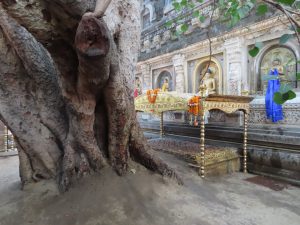
OBBG0001 Bodhgayā, Bihār. The so-called vajrāsana or diamond throne under the Bodhi tree at the Mahābodhi temple in Bodhgayā. Photograph by Daniela De Simone.
INBG0001 Bodhgaya vajrasana inscription on stone slab
Bodhgayā (बोधगया), Bihār. Inscription (INBG0001) on the narrow edges of the upper surface of a sandstone slab, the so-called vajrasāna (OBBG0001). Edition here that of Balogh in De Simone et al. (2020), see Concordance for bibliographic data.
PYU32 Myanadi Stone Slab Inscription
OB03182 Nainativu Inscribed Slab of Parakramabahu I
Nainativu Nagapooshani Amman Temple, Sri Lanka


